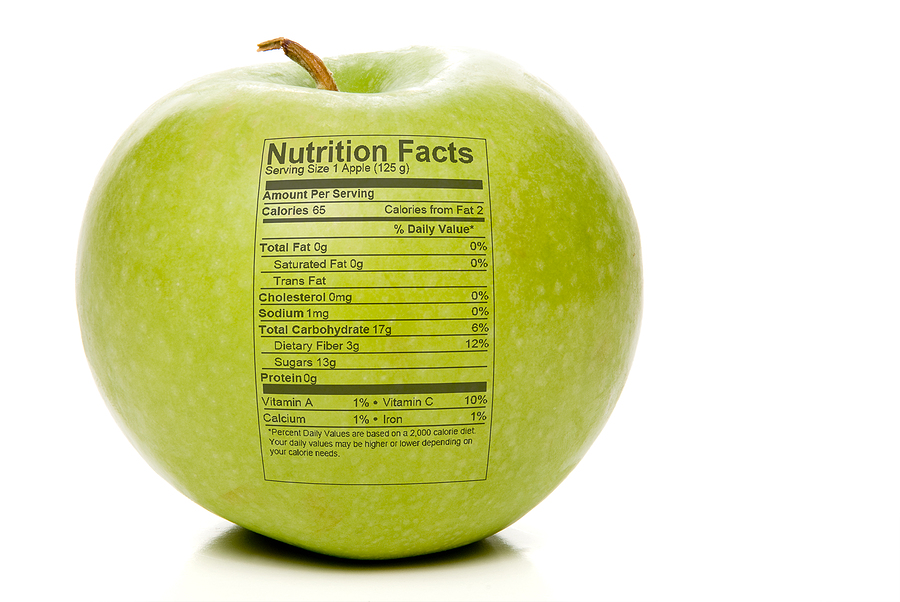This week, the FDA proposed a new rule to update the definition of “healthy” for nutrition labels on the front of food packages. The current definition was established in 1994, and both nutrition science and federal dietary guidance (i.e., the Dietary Guidelines) have changed since then. The new rule will bring the definition in line with the current Nutrition Facts label and serving size regulations.
Under the existing definition, a food can be labeled “healthy” if it contains limited amounts nutrients whose consumption is discouraged, such as total fat, saturated fat, cholesterol, and sodium, and meets minimum requirements for nutrients whose consumption is encouraged, like vitamin A, vitamin C, calcium, iron, protein, and dietary fiber.
The FDA notes that some foods can currently be labeled “healthy” even if they don’t help consumers maintain healthy dietary practices. On the other hand, some foods that do help consumers maintain healthy dietary practices can’t be labeled “healthy.” For example, salmon does not fit the current definition because of its fat content.
The new definition uses a food group-based approach, requiring that “healthy” foods contain a certain amount of food from at least one of the food groups or subgroups in the current Dietary Guidelines. In addition, the food must contain limited amounts of certain nutrients, including saturated fat, sodium, and added sugars.
The proposed rule also contains recordkeeping requirements for foods bearing the “healthy” claim where compliance can’t be verified through information on the product label.

